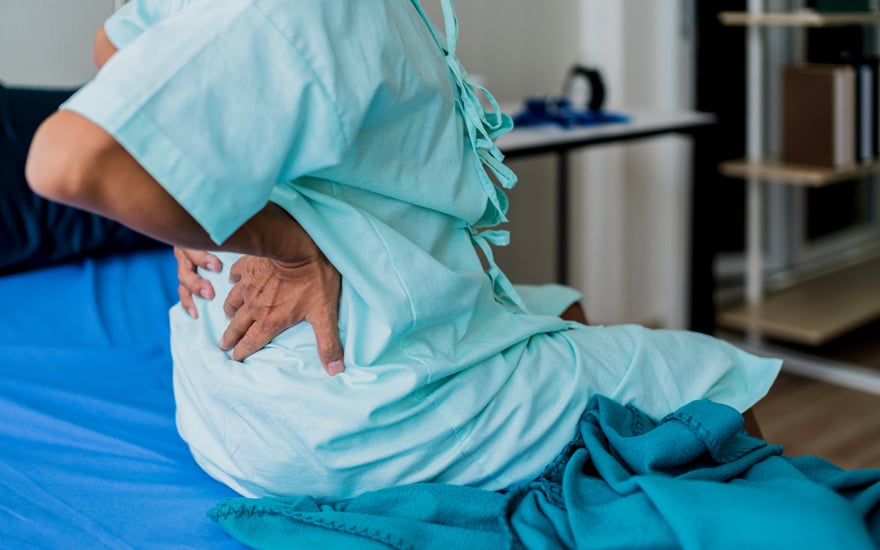
Despite being the number one cause of disability around the world, low back pain is often improperly addressed with inappropriate tests and treatments, including addictive opioids. Although recent guidelines and studies recommend physical therapy and exercises, those are not being widely prescribed. In the meantime, the rate of disability from chronic low back pain has risen globally by 50% since 1990. Furthermore, the United States (US) prescribes more opioids for low back pain than any other nation.
These are the conclusions of a commentary featured in the March 2018 issue of The Lancet (Low back pain: a major global challenge). The piece references four separate articles published in The Lancet analyzing low back pain; its prevalence, prevention, and treatment, as well as calls for action to address the challenges associated with prevention of disabling low back pain.
At any given time, about 25% of people in the US will report having low back pain within the previous three months. And more than 60% of people with low back pain in the US have a prescription for opioids, all the while the US battles an unprecedented opioid epidemic.
In 2016 the Centers for Disease Control and Prevention released opioid prescription guidelines, recognizing that when dosed appropriately prescription opioids are appropriate in certain cases, like cancer treatment, palliative care, end-of-life care, and in acute care situations. But for other pain management, the CDC recommends nonopioid approaches, including physical therapy.
Physical therapists are movement experts. They improve quality of life through hands-on care, patient education, and prescribed movement. You can contact a physical therapist directly for an evaluation. To find a physical therapist in your area, visit Find a PT.
The American Physical Therapy Association raises awareness about the dangers of prescription opioids, and encourages consumers and prescribers to follow CDC guidelines and choose safer alternatives like physical therapy. Learn more about Safe Pain Management.
Related Resources
Additional Information
Access additional Did You Know? pages.


